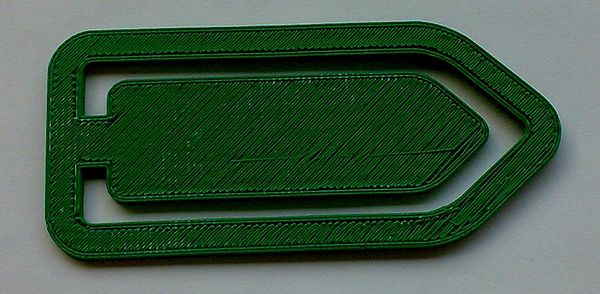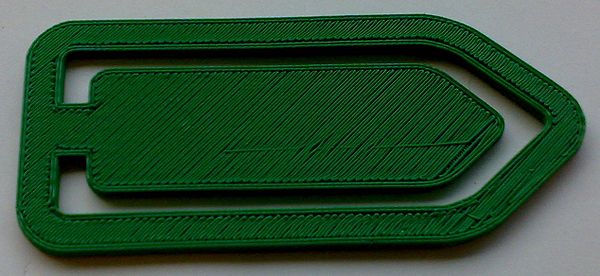Post processing of 3D polymer prints
This article or section is currently under construction
In principle, someone is working on it and there should be a better version in a not so distant future.
If you want to modify this page, please discuss it with the person working on it (see the "history")
Introduction
Removing small imperfections
As alternative or in addition get yourself a cheap multi-tool (see below). After some processing, the object will be ugly (plastic is white instead of colorful)
I found that holding it over the kitchen gas will bring back color. Take a glove or hold it with a plyer and move it quickly back and forth fairly close to the flame. Now be careful: ABS will start bending and becoming soft very fast, i.e. it will bend towards the heat source and alter its form. To prevent this for 2D objects like a paper clip, flip the object over (180 degrees to the other side).
Using a small torch
Using your kitchen stove is not really practical since the flames are too wide, i.e. when heating up a part you likely will burn another. So I got myself a little mini-torch for about 50 Euros and in addition I bough a "multi tool" for carving, grinding, cleaning, sanding, etc. for another 50 Euros.
Disclaimer: Tested with ABS and PLA, don't blame me if you burn your office down.
Quickly pass over all the "white" areas, don't go to close or the plastic will inflame. Flip over 2D objects. I did not try to meld plastic or to smooth out a whole surface. Purpose was to (a) burn the "white away" and (b) other little things that stick out. With PLA there this torch seems to even more useful. Torching an object doesn't make it stink (PLA is made out of corn starch) and it's therefore fairly easy to burn of things that stick out or to make a flat bottom.
Open the windows or do it outside. I don't think that fumes are so healthy.
Note: You see here the bottom of the object (you can see the front side here. There are other imperfections, but they are rather due to bad calibration (should have made somewhat fatter lines which I did in other paperclips)
Marcus Wolschon suggested to use Acetone (retrieved 21:34, 11 March 2010 (UTC)): “As someone on HAR2001 suggested I tried out acetone to clean a printed object and get rid of the obvious self-printed look. I´m quite surprised. The surface melts from itentifiable, connected strands into a single smooth and glossy surface. When I press down on the un-etched version I hear slight creaks as the infilll gives way. Nothing of that in the etched version. Of cause, safety precautions are required. Use a well ventilated room and a mask rated for vapours and gas.”


